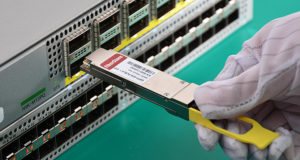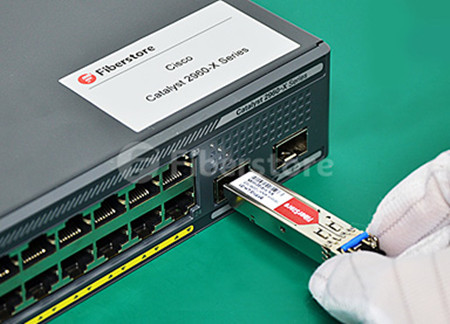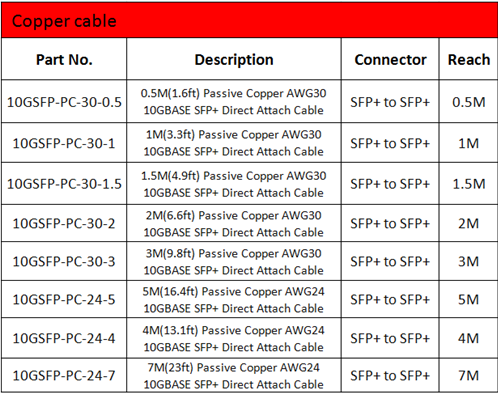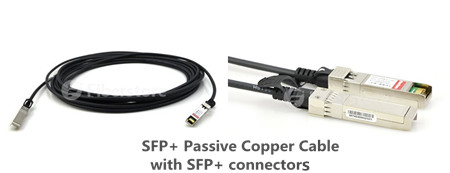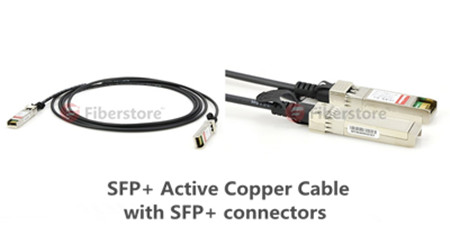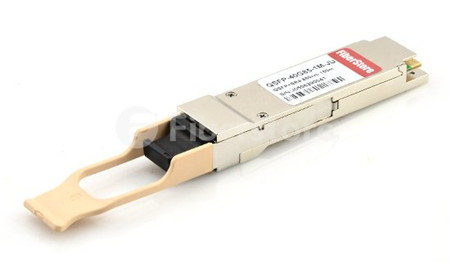When it comes to optical modules, the brand Cisco especially their Cisco SFP+ modules will be mentioned by almost everyone in optic fiber field. As one of the worldwide leaders in IT and networking, Cisco has dedicated to networking equipment design and manufacture for several decades. Among their all sorts of product lines, SFP+ modules have enjoyed a widespread reputation. In the context of that, in this article, we are going to make an overall exploration of the Cisco’s superstar product: Cisco SFP+ module.
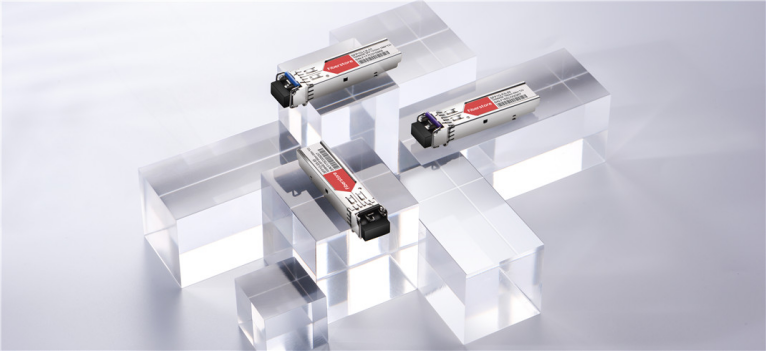
Figure 1: Cisco compatible 10G SFP+ modules
An Overview of the Cisco SFP+ Module
Like the general SFP+ transceivers, Cisco SFP+ modules are kinds of optical devices designed for 8 Gbit/s Fibre Channel, 10 Gigabit Ethernet and optical transport network standard OTU2, supporting data rates up to 16 Gbit/s.
Main features of Cisco SFP+ modules can be shared as below:
- Industry’s smallest 10G form factor for greatest density per chassis
- Hot-swappable input/output devices that plug into an Ethernet SFP+ port of a Cisco switch (no need to power down if installing or replacing)
- Supports “pay-as-you-populate” model for investment protection and ease of technology migration
- Optical interoperability with 10GBASE XENPAK, 10GBASE X2, and 10GBASE XFP interfaces on the same link
- Hot-swappable input/output devices that plug into an Ethernet SFP+ port of a Cisco switch (no need to power down if installing or replacing)
- Cisco quality identification (ID) feature enables a Cisco platform to identify whether the module is certified and tested by Cisco
With various Cisco SFP+ module types, a wide variety of 10 Gigabit Ethernet connectivity options for diverse networking environments, like data centers, enterprise wiring closet, and service provider transport applications can be offered. Altogether, Cisco SFP+ modules consist of Cisco SFP-10G-SR, SFP-10G-LR (LRM), SFP-10G-ER and SFP-10G-ZR, etc. You can refer to the table displayed as below for detailed specifications of Cisco SFP+ modules.
|
Cisco SFP+
|
Wavelength (nm)
|
Interface
|
Cable Type
|
Core Size (Microns)
|
Cable Distance
|
|
Cisco SFP-10G-SR-S
|
850 |
Dual LC/PC |
MMF |
62.5 |
26 m
|
|
Cisco SFP-10G-SR
|
33 m
|
||||
|
Cisco SFP-10G-SR-X
|
50
|
66/82/300/400 m
|
|||
|
Cisco SFP-10G-LRM
|
1310 |
Dual LC/PC |
SMF/MMF
|
G.652/62.5/50
|
300/100/220 m
|
|
Cisco SFP-10G-LR-S
|
SMF |
G.652 |
10 km |
||
|
Cisco SFP-10G-LR
|
|||||
|
Cisco SFP-10G-LR-X
|
|||||
|
Cisco SFP-10G-ER-S
|
1550 |
Dual LC/PC |
SMF |
G.652 |
40 km |
|
Cisco SFP-10G-ER
|
|||||
|
Cisco SFP-10G-ZR-S
|
80 km |
||||
|
Cisco SFP-10G-ZR
|
|||||
|
Cisco FET-10G
|
850
|
Dual LC/PC
|
MMF
|
50
|
25/100 km
|
|
Cisco SFP-10G-BXD-I
|
1330
|
Dual LC/PC |
SMF |
G.652 |
10 km |
|
Cisco SFP-10G-BXU-I
|
1270
|
||||
|
Cisco SFP-10G-BX40D-I
|
1330
|
40 km |
|||
|
Cisco SFP-10G-BX40U-I
|
1270
|
How to Choose Cisco SFP+ Modules?
If you want to buy Cisco SFP+ modules, it’s sensible to put their optimum transmission distance and compatibility with other Cisco devices into consideration.
As for the transmission distance, basically, the ranges between 100 m to 400 m and 10 km to 80 km are commonly seen. For the distance from 100 m to 400 m, we usually use Cisco 10G multimode SFP+ transceiver. For example, if you want to buy a Cisco SFP+ module for transmission within 300 m, then the Cisco SFP-10G-SR module will be the best choice. More information about the optimum transmission distance of Cisco SFP+ modules, you can refer to the table above.
Apart from distance, another important thing you should be clear about is the SFP+ module’s compatibility with other Cisco devices. You may wonder if this Cisco SFP+ Module can connect with other devices, such as SFP modules. The answer is NO. For example, If you connect the SFP-10G-SR with Cisco GLC-SX-MMD SFP transceiver (1 Gbps only), they may not be able to work. Since the SFP-10G-SR only runs at 10 Gbps link rate, it means you force SFP-10G-SR to use 1Gbps speed. You can never interconnect them. For more details about the compatibility of Cisco modules, you can search it from their online Compatibility Matrix.
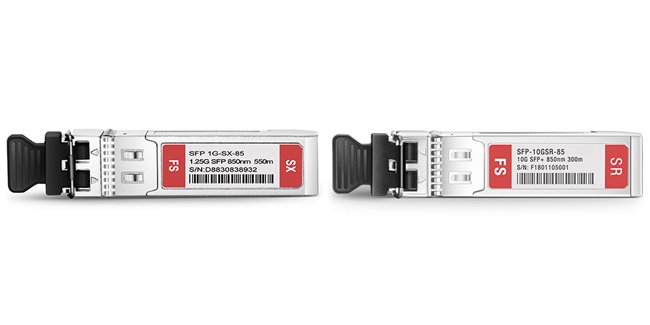
Figure 2: Cisco SFP-10G-SR (Right) and Cisco GLC-SX-MMD SFP (Left)
By the way, Cisco SFP+ module price sometimes is also troublesome for many buyers. When you search Cisco SFP+ modules online, you will find the price of these modules from original brand retailers is not economical. Therefore, in recent years, using non-original brand retailers optical transceivers in fiber optic network has been a trend. More and more users prefer third-party modules, like FS.COM, pluggable optics as they are assured to be fully compatible with the original brand hardware as well as having a cheap price.
Conclusion
As a leading role in fiber optic network, Cisco SFP+ module has been witnessed a glorious period. But with the unremitting efforts of other manufacturers, undoubtedly, other non-original brand retailers brands will be seen on the rise. For sure, the FS.COM will be that great case.

